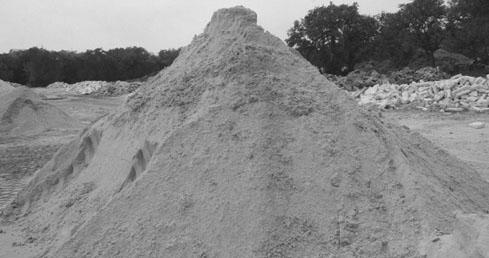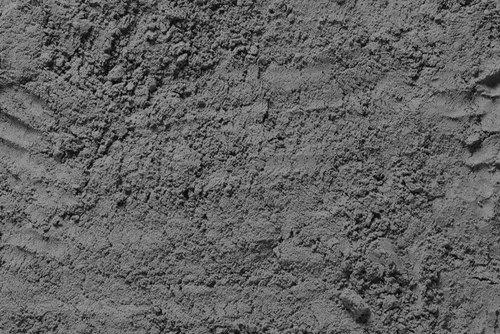In many parts of the world, sand is in short supply, and we are consuming it at record levels. Sand is a vital ingredient in the manufacture of asphalt and concrete. Yet as the global population grows, the world is using up its supply. Some coastal cities, like Dubai, have dredged their beaches, but the quality of the sand is often poor, and it contains too much clay. As a result, sand production has been accelerated, and a black market has emerged.
In New York State, Riverside sand/gravel bars are widespread, and are probably represented by several regional variations. This type of bar is found around the world, but its biotic affinities are most closely related to occurrences in New York. Examples of riverside sand/gravel bars are located north and south of the state, from southern Canada to southern Indiana, and eastward from Nova Scotia to Georgia. This type of beach is often most enjoyable in late May and throughout the summer.

Georgia beaches are also unique, as the sand came from rocks in the Appalachian Mountains. It traveled through streams, avers, and the ocean before being deposited on the beaches. It then underwent several natural and human disturbances along the way. It became a dynamic substrate for the plants that live there, undergoing the effects of abrasion as it rubbed against other sand and rock particles.
The Indian River County project, which is the largest in Florida, is in the midst of a massive sand replenishment project, between Treasure Shores and Indian River Shores. It will culminate this week. The project will cost $650,000 more than dredging offshore sand and will take twice as long. Despite the higher costs, it has produced local jobs and improved the quality of the sand. As a result, it is highly unlikely to cost taxpayers more money than offshore dredging.

A study of the sand grains has revealed interesting facts about their origins and environment. In the left-hand photograph, the sand was collected from a tiny beach in Hawaii where strong winter ocean swells smash the grains repeatedly into each other. The right-hand photograph, meanwhile, was collected from a massive beach in California backed by steep mountains. The sand grains were weathered by lightening and were transported long distances by wind.
In many parts of the world, mining of sand is a major issue, affecting both the local and global environment. While mining for sand may be the answer to Greenlanders’ problems, it is a glimmer of hope. It might help Greenlanders with their daily lives, but it is unlikely to solve the problem of global sand demand. The research findings were published in Nature journal. There is still much more to be done to map the global sand supply and determine mining volumes.

As oilfields grow in the Permian Basin, sand supplies are in great need. Drilling companies are increasingly looking for local sources of sand to cut transportation costs and maximize ROI of wells. Local sources of sand are the best bet for reducing drilling costs and maximizing well ROI. It also gives them a competitive edge in securing a large slice of the market. But how can they make this work?






